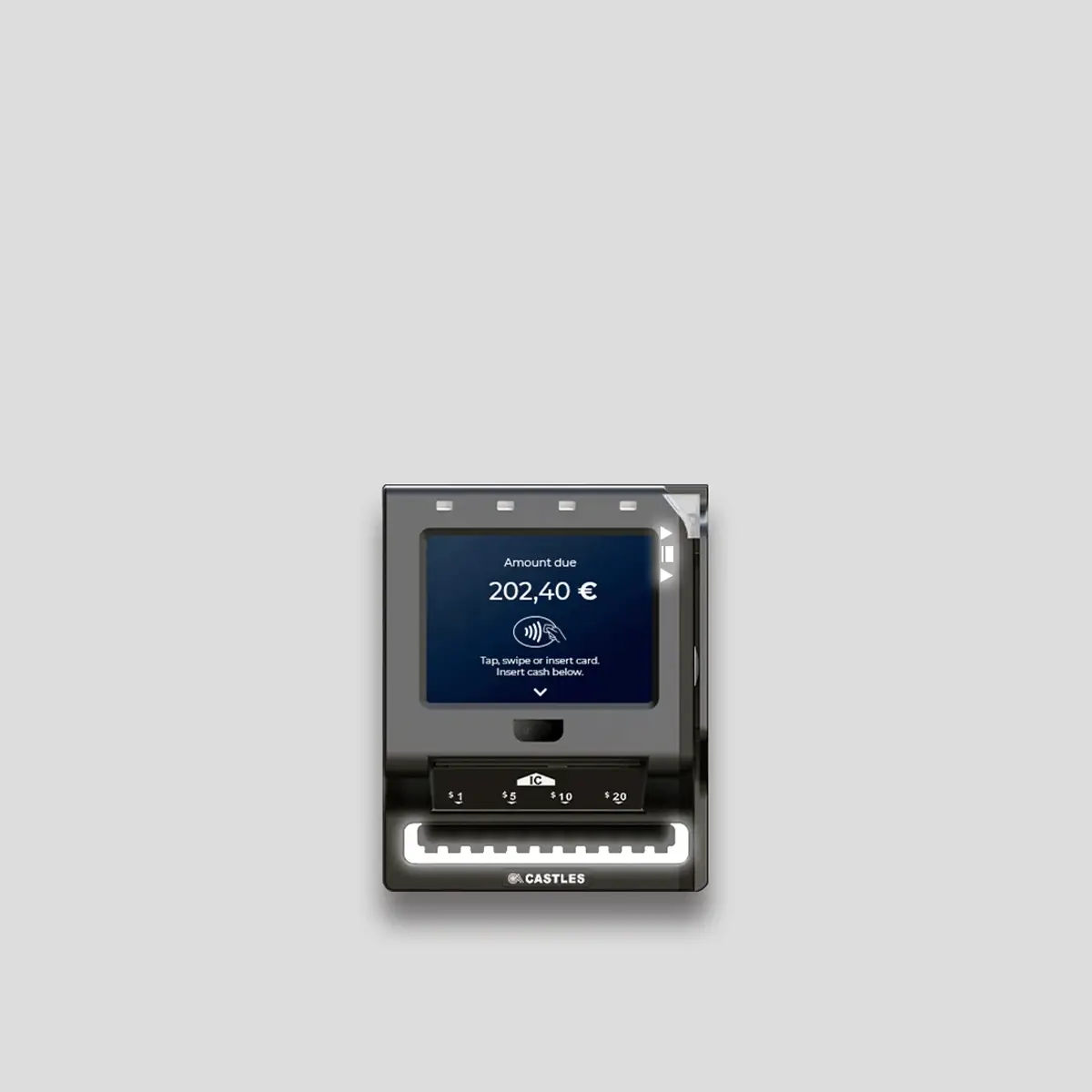Today’s consumers want shopping to be smarter and faster. But what does the drive for speed and efficiency mean for the most convenient of retail channels – the self-service kiosk?
As tech-savvy digital natives become the dominant buying group, there’s a demand for faster shopping – not just online but in the physical world too.
While contactless and mobile payments help queue bust, when it comes to grab-and-go purchasing, self-service vending machines and kiosks are in the fast lane.
Prior to COVID, vending was the Cinderella of the point-of-sale world
Since the pandemic, the growing demand for touchless purchasing and super-quick checkout has put vending in the spotlight.
Many merchants and brands are now looking at how they can increase their sales footprints, drive greater revenue and introduce new types of buying experiences from unattended sales points. In addition, transportation, ticketing, and verticals like petroleum or healthcare are all eager to explore new ways to boost speed and efficiency through vending and self-service applications.
So what does the future hold in store?
1. Super-smart and interactive
Machines are getting smarter with more memory, processors, and AI software combined with multimedia, touch screens, and voice-actuated capability. This allows them to deliver more than dumb dispensing. Depending on the application, they can offer increasingly interactive and immersive experiences and deliver information, content, and advice as well as goods, tickets, and services
2. Mobile and proactive
Not only can modern kiosks accept mobile and contactless payments, but they can also use the same NFC technology to communicate with consumers’ phones using in-app services, geolocation and beacons to send push notifications to potential customers as they pass nearby. In effect, proactively drive their own sales.
3. Highly personalized
With payment tokenization, vending machines can now deliver more personalized offerings, including remembering returning customers’ preferences and linking to digital rewards and loyalty schemes.
4. Hyper-connected
Internet-enabled vending machines can offer seamless digital services (e.g. order online and collect at the kiosk) and provide merchants with access to real-time data for remote diagnostics and repair, and monitor stock levels, and schedule replenishment.
5. Diverse applications
Demand for fast, touchless purchasing is prompting more product brands to look at vending as a channel. Machines with frozen, chilled, and hot capabilities and customised dispensing options mean they can now sell everything from fresh vegan snacks and dairy products to electronics and cosmetics. Expect to see even more diversity as new form factors come to the fore.
6. Ubiquitous presence
More ruggedized materials, better build, energy saving, and battery technology as well as tamperproof designs are creating new opportunities for vending in the most unlikely of places – from cinemas and stations to high streets and campuses.
How are providers like Castles responding?
Castles has risen to the challenge of providing secure, reliable, and fast payments that are easy to integrate with future vending functionality. Our next-gen Android MINI S1UPT self-vending solution is compact, smart, and hyper-connected – perfect for empowering modern grab-and-go lifestyles.
MINI S1UPT helps merchants capitalize on new market and product vending opportunities by offering a building design that fits all types of hardware configurations – today and in the future.
Super durable, with a contactless and card reader, it’s PCI 6 secure, offers multi-connectivity including Bluetooth 4.2, 4G LTE, WIFI and Ethernet, is the perfect match for indoor and outdoor (IP65) payment services, including petroleum market (ATEX), EV charger, MDB, making it the ultimate solution for self-service vending including a bright display.






